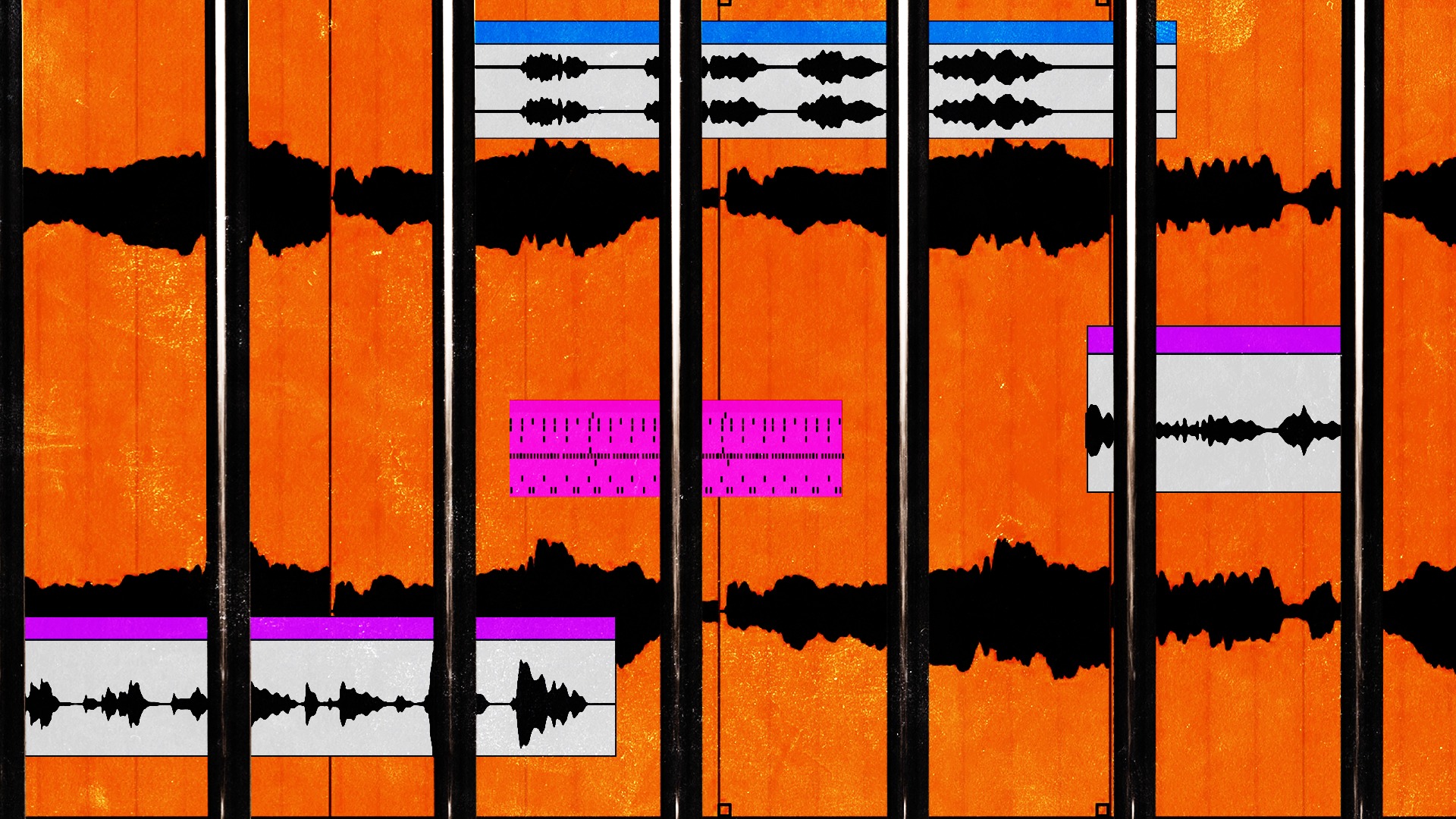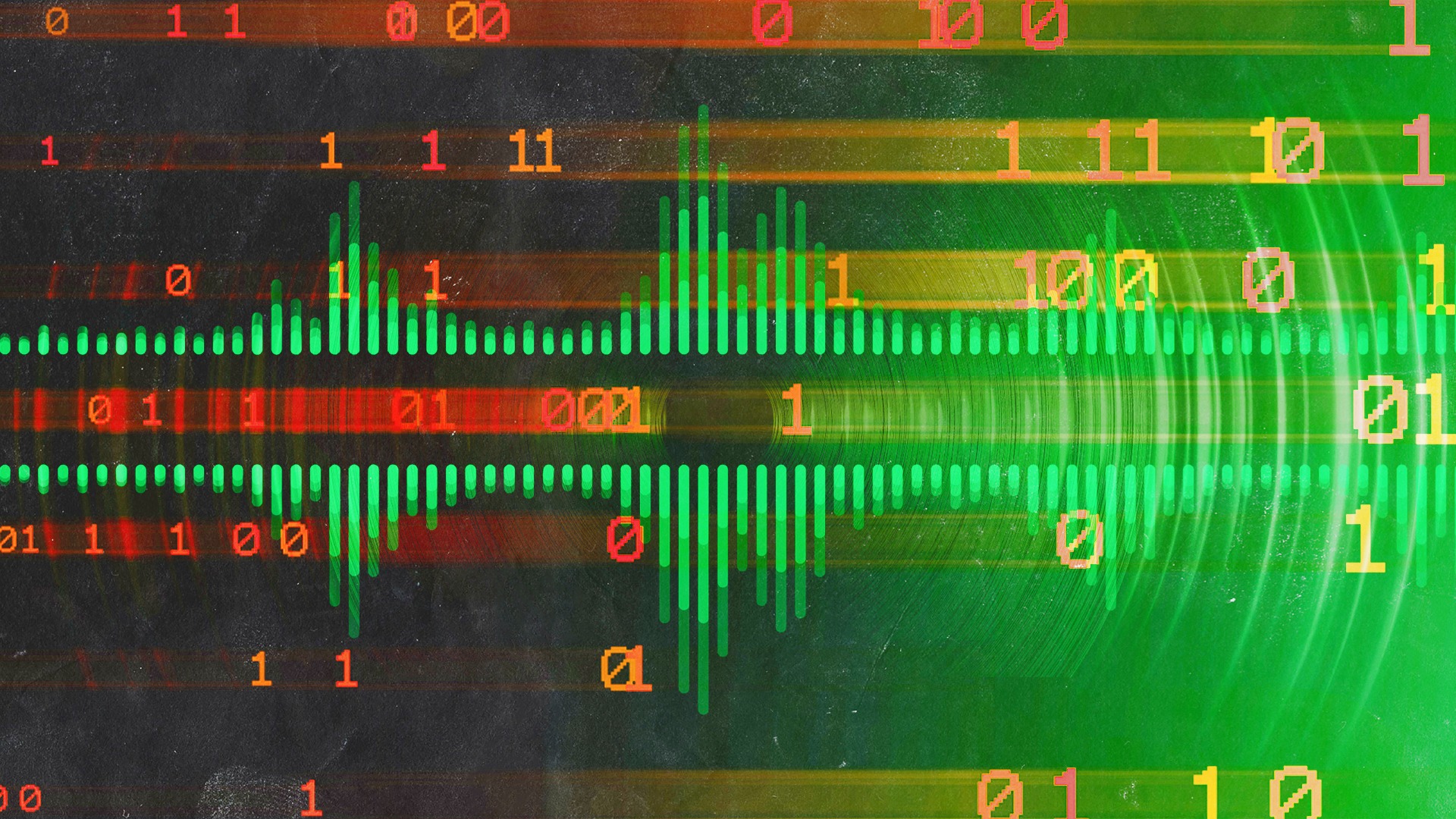
5 Tips To Avoid Ruining Your Mix With Muddy Sound
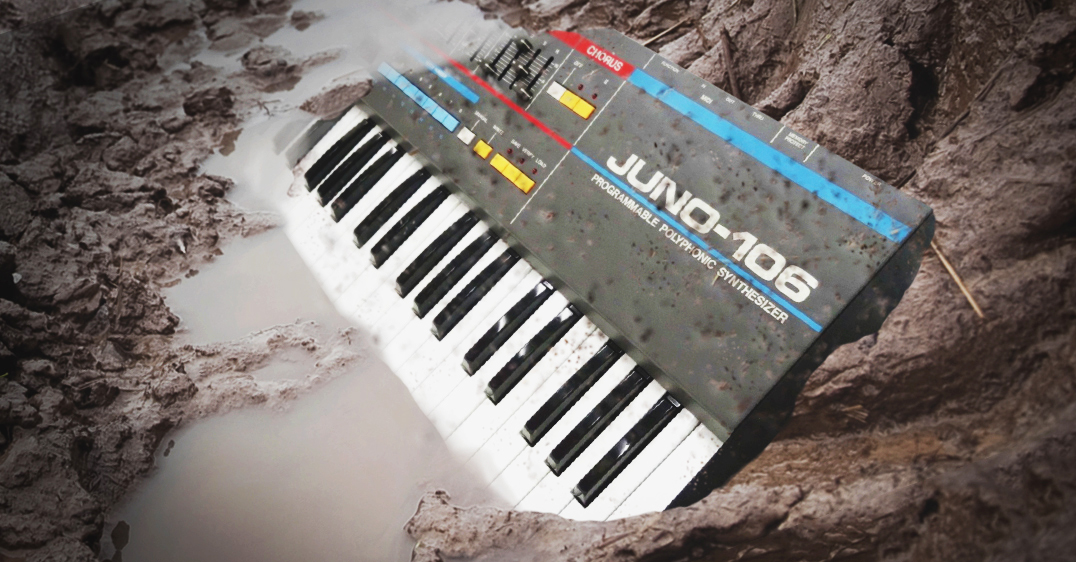
One of the most common complaints from people new to mixing is, “my mix sounds muddy.”
It’s frustrating—muddy sound means a lack of clarity and definition with poor separation between instruments.
In this article I’ll go through the most common causes of a muddy mix and how to avoid them.
Here’s 5 steps to clean up a muddy mix:
- Get it right at the source
- Manage your low end in the stereo field
- Don’t be afraid to filter
- Be extra-careful EQing your low mids
- Keep good headroom
EQ issues
Muddiness is an EQ thing!
EQ is a big subject in audio production. If you’re unsure about the fundamentals, earn more about EQ here.
All the sounds you use in your DAW session have energy in different parts of the frequency spectrum.
Whether they come from your sample packs, VSTs or microphones, many of your sounds have information in the low frequencies even if they’re not bass instruments.
Muddiness is caused by too many different sources piling up and masking each other in the critical bass and low mid range areas.
Muddiness is caused by too many different sources piling up and masking each other in the critical bass and low mid range areas.
1. Get it right at the source
Your first line of defence against a muddy mix starts before the mix process.
There’s a reason experienced engineers swear by “getting it right the source.” If you start with tracks that already sound good, your mix process will be much smoother.
Avoid muddiness early by controlling the low frequencies with the tools you have right at the source.
For example, you may have noticed some microphones have a switch on them to roll off low frequencies. Engage it if you’re tracking a particularly bassy source, or if you’re dealing with issues caused by proximity effect.
If your sounds are coming from synths or samples already inside your DAW, controlling your bass is even easier.
Edit your synth patches as you work using the built-in filters so that your low end isn’t overwhelming other parts of your song.
Avoid muddiness early by controlling the low frequencies with the tools you have right at the source.
2. Manage your low end in the stereo field
Keep stereo position in mind as you deal with the low end in your tracks.
Foundational sources like kick and bass should almost always be mono. Phase issues created by stereo effects on these sounds can cause problems in your low end.
You should also be careful about creating a bass imbalance between the left and right speakers as you pan the rest of your tracks in the stereo field.
Lopsided low end can be distracting and contribute to a sense of muddiness. Balance things out and sculpt with EQ where necessary.
Foundational sources like kick and bass should almost always be mono.
3. Don’t be afraid to filter
If you have tracks with extra low end, deal with them using high pass filters.
The steep drop off around the corner frequency of a high pass filter (sometimes called a low cut filter) is ideal for removing low frequency information that’s muddying up the mix.
You might be surprised how much low end you can filter out before your sound starts to suffer.
If you have lots of lows starting to pile up, locate the main offenders and see how far up you can increase the frequency of your high pass filters to create space.
You might be able to cut more than you think!
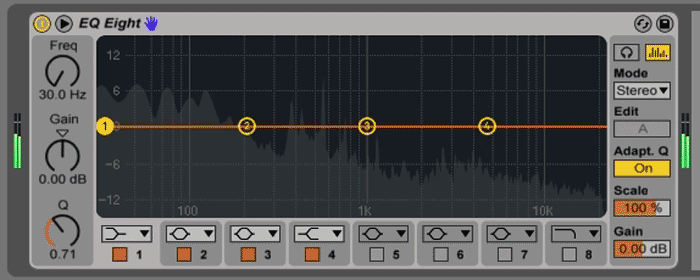
Hot tip: Use an EQ with a visual display of the spectrum to help you see which tracks are contributing the most to excessive low end. Consider cleaning things up If there’s a lot of activity below 50 Hz.
Energy in this low region of the spectrum can cause your speakers to strain, since they can’t reproduce it accurately.
Relying on the visual feedback of an EQ plugin can affect your mixing decisions. Make sure to always use your ears first.
Relying on the visual feedback of an EQ plugin can affect your mixing decisions. Make sure to always use your ears first.
4. Be extra-careful EQing your low mids
Tight bass is important for clarity in your mix, but the most significant source of muddiness is your low mids.
I’m talking about the range around 200-500 Hz. Many of the sounds you work with in your mix have energy in this area.
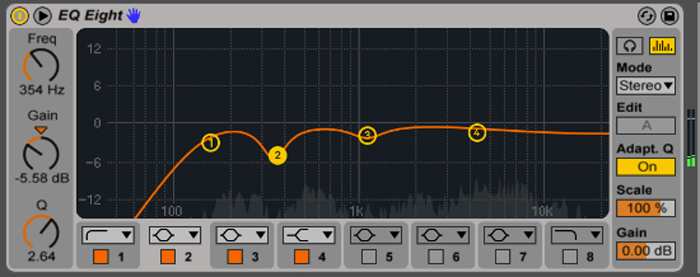
If you don’t pay attention to carving out space in the low mids, you’ll end up with muddy, indistinct lows.
Decide which sources will occupy this space and clear things out in the other tracks to make space.
5. Keep good headroom
Headroom is in important concept in audio.
Maintaining headroom is a good habit whether you’re EQing, mixing or mastering. But it can also help you minimize muddiness. Hot levels at the master bus can cause issues with clarity and separation.
Hot levels at the master bus can cause issues with clarity and separation.
Pay attention to the gain staging throughout your session and aim for an average level of -18 dBFS with peaks around 9-10 dBFS.
Postmudernism
Nobody wants a muddy sounding track. Muddy mixes are flat, unprofessional and won’t do your songs justice.
Luckily, It’s easy to avoid muddiness if you know the causes and how to fix them. Follow these steps to ensure that you never have to deal with a lack of clarity again.
Now that you know how to deal with your lows and low mids, get back to your mix and clear away the mud.
Gear guides, tips, tutorials, inspiration and more—delivered weekly.
Keep up with the LANDR Blog.


